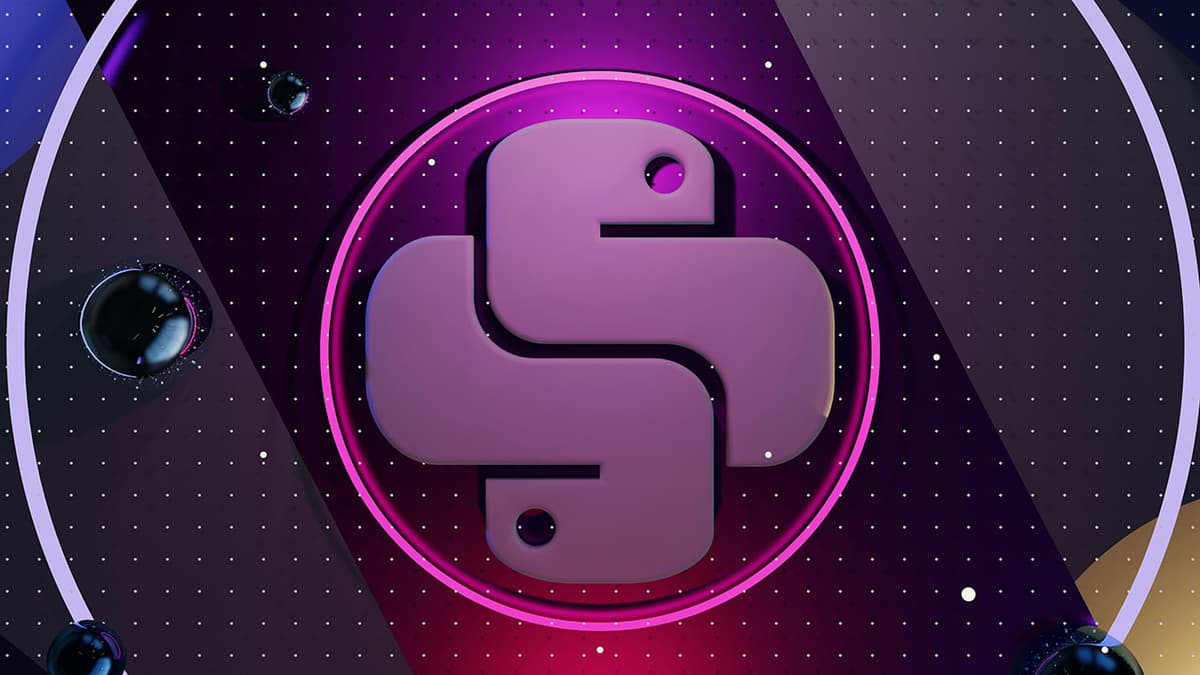Do Young People Use an Upside Down Question Mark Instead of an Exclamation Point?
Have you noticed some young people using an upside-down question mark instead of an exclamation point? This trend may seem puzzling, but there is a reason behind it.
The upside-down question mark, also known as the percontation point, is traditionally used in Spanish to signify the start of a question. Its informal use among young people in online communication has become a style statement.
Why do they prefer an upside-down question mark over the conventional exclamation point? One reason is that young people often seek unique ways to express themselves. Using unconventional punctuation, like the upside-down question mark, adds creativity and individuality to their messages.
Additionally, this punctuation mark adds emphasis and helps convey the tone of the message. In text-based conversations, expressing emotions can be difficult. The distinctive shape of the upside-down question mark enables young people to convey excitement or surprise more effectively.
Young people are also influenced by internet culture and memes. The internet fosters new trends and linguistic innovations, and the upside-down question mark fits well into this creative and humorous space.
It's important to note that not all young people adopt this trend, and its usage varies across different online communities. If you encounter someone using an upside-down question mark instead of an exclamation point, it's a creative choice rather than a mistake.
The next time you see an upside-down question mark at the end of a sentence, recognize it as a deliberate choice that adds fun and creativity to digital conversations.












